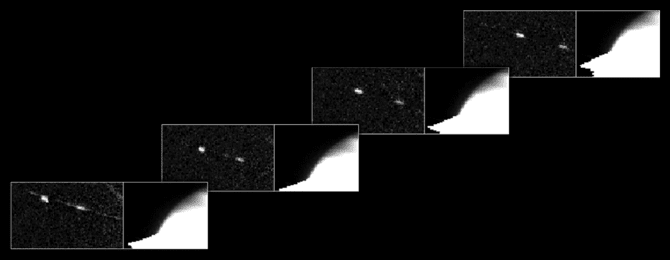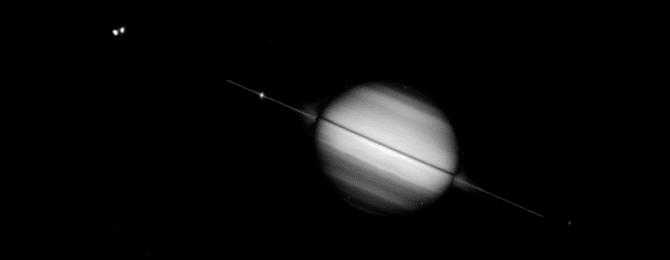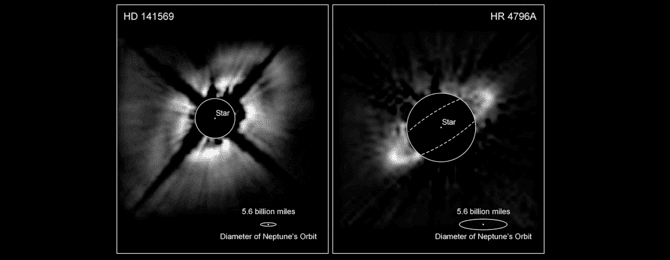Robby
Helper Bot
Hubble Hunts Down Binary Objects at the Fringe of Our Solar System

The Hubble Space Telescope is hot on the trail of a puzzling new class of solar system object that might be called a Pluto "mini-me." Together, these objects are 5,000 times less massive than Pluto and Charon. Like Pluto and Charon, these dim and fleeting objects travel in pairs in the frigid, mysterious outer realm of the solar system called the Kuiper Belt, a long-hypothesized "junkyard" of countless icy bodies left over from the solar system's formation. A total of seven binary Kuiper Belt objects have been seen so far by Hubble and ground-based observatories. Among them is a pair called 1998 WW31, which the Hubble telescope studied in detail.
(More at HubbleSite.com)

The Hubble Space Telescope is hot on the trail of a puzzling new class of solar system object that might be called a Pluto "mini-me." Together, these objects are 5,000 times less massive than Pluto and Charon. Like Pluto and Charon, these dim and fleeting objects travel in pairs in the frigid, mysterious outer realm of the solar system called the Kuiper Belt, a long-hypothesized "junkyard" of countless icy bodies left over from the solar system's formation. A total of seven binary Kuiper Belt objects have been seen so far by Hubble and ground-based observatories. Among them is a pair called 1998 WW31, which the Hubble telescope studied in detail.
(More at HubbleSite.com)



















